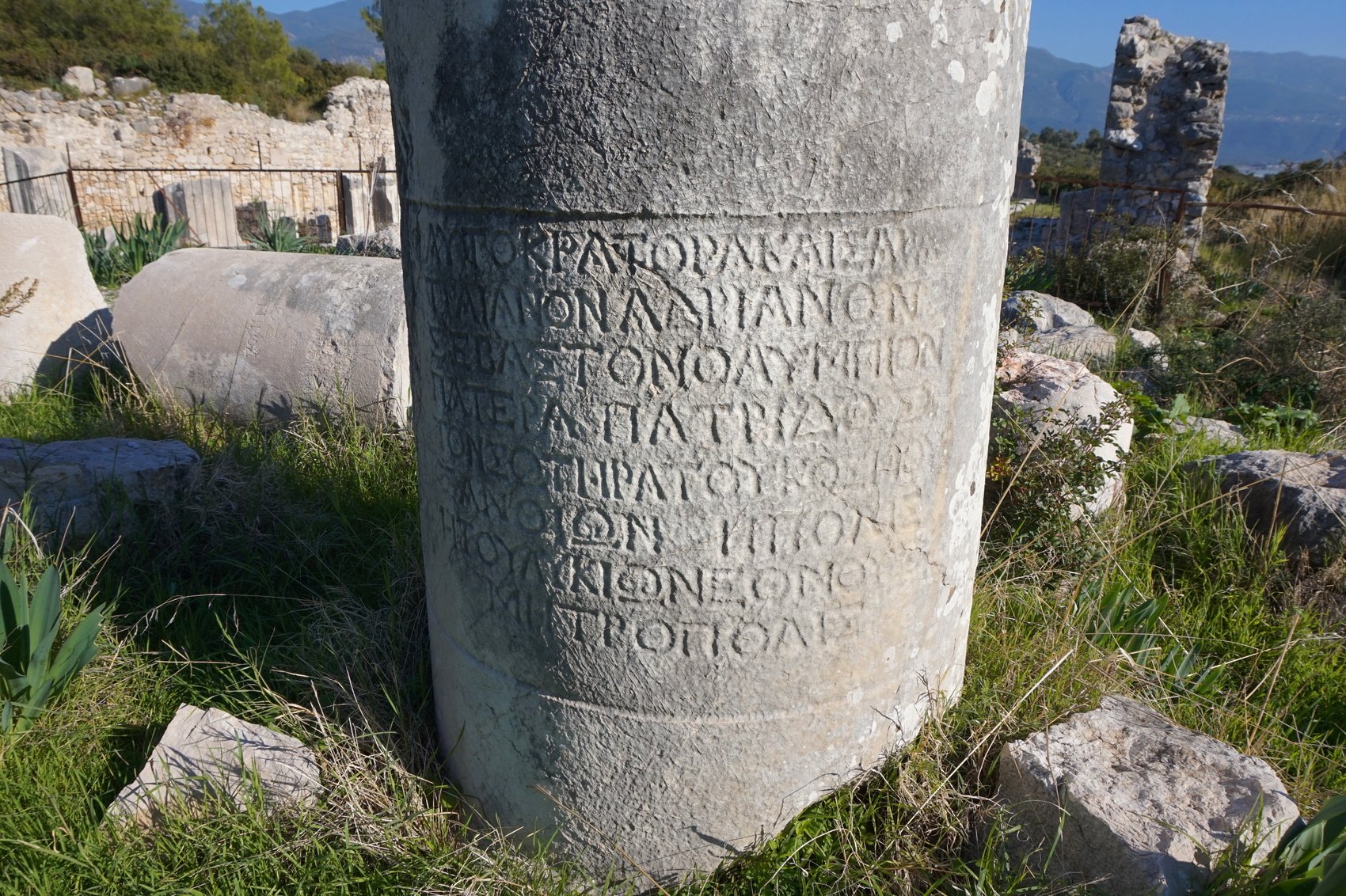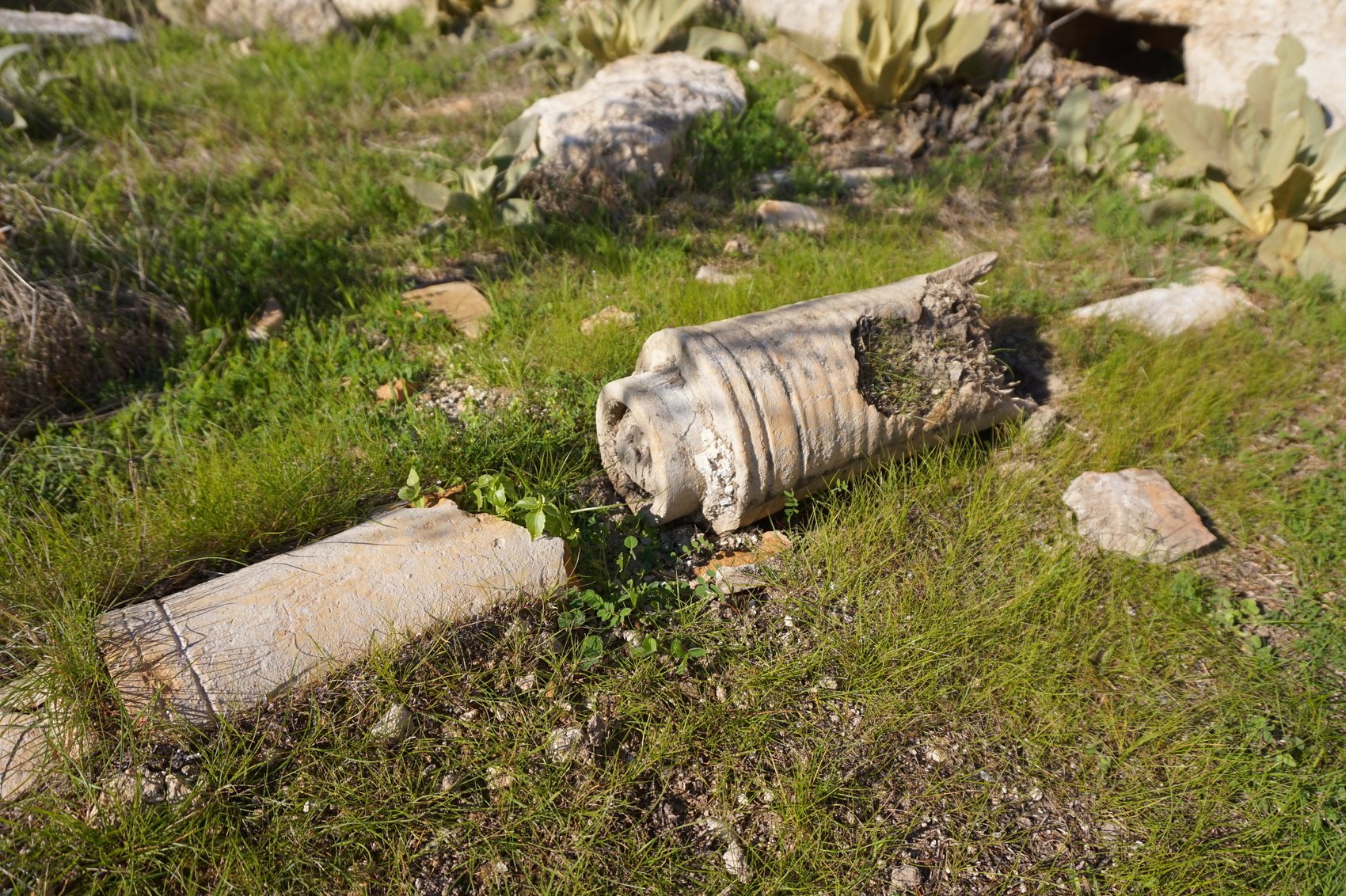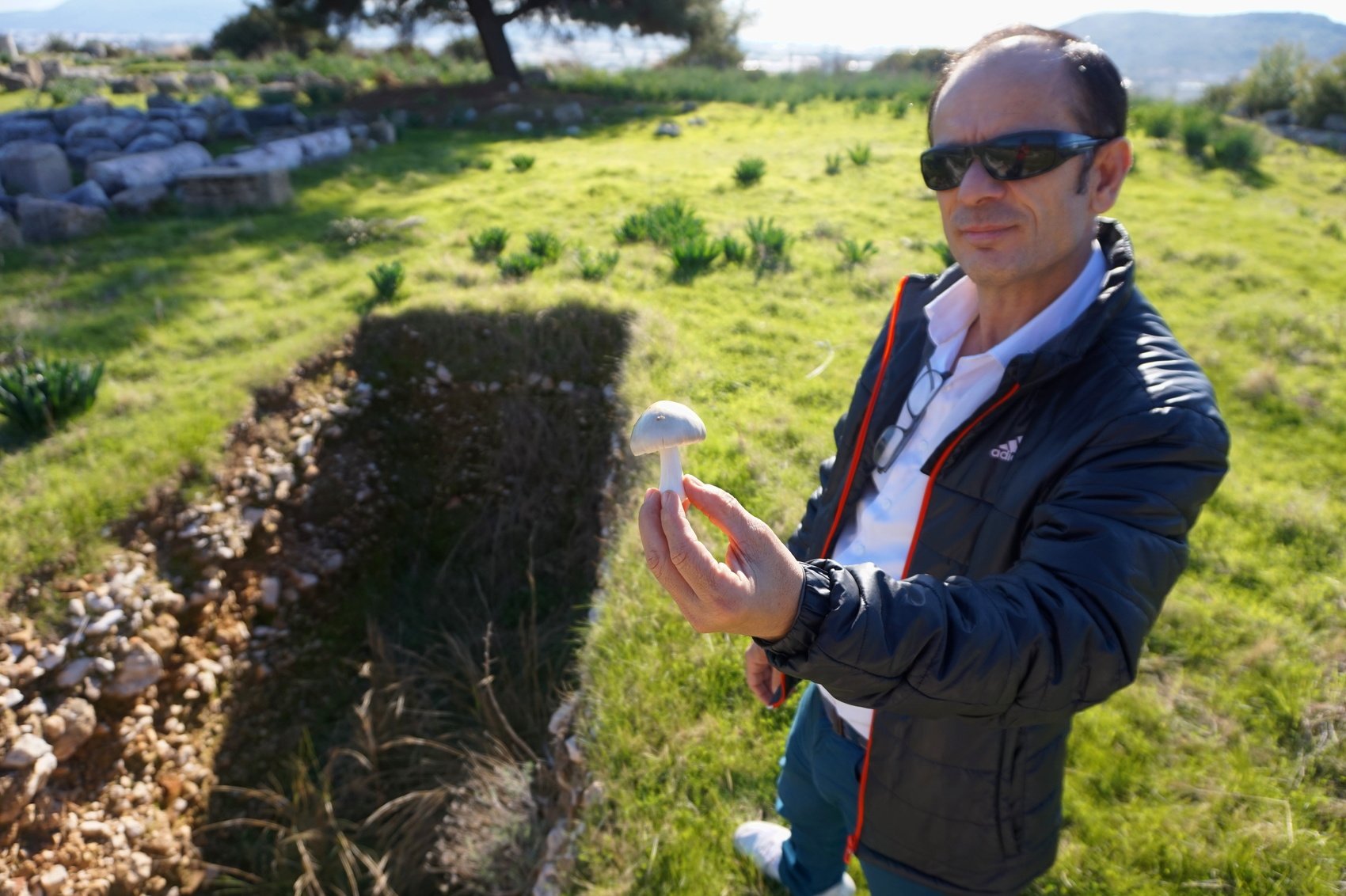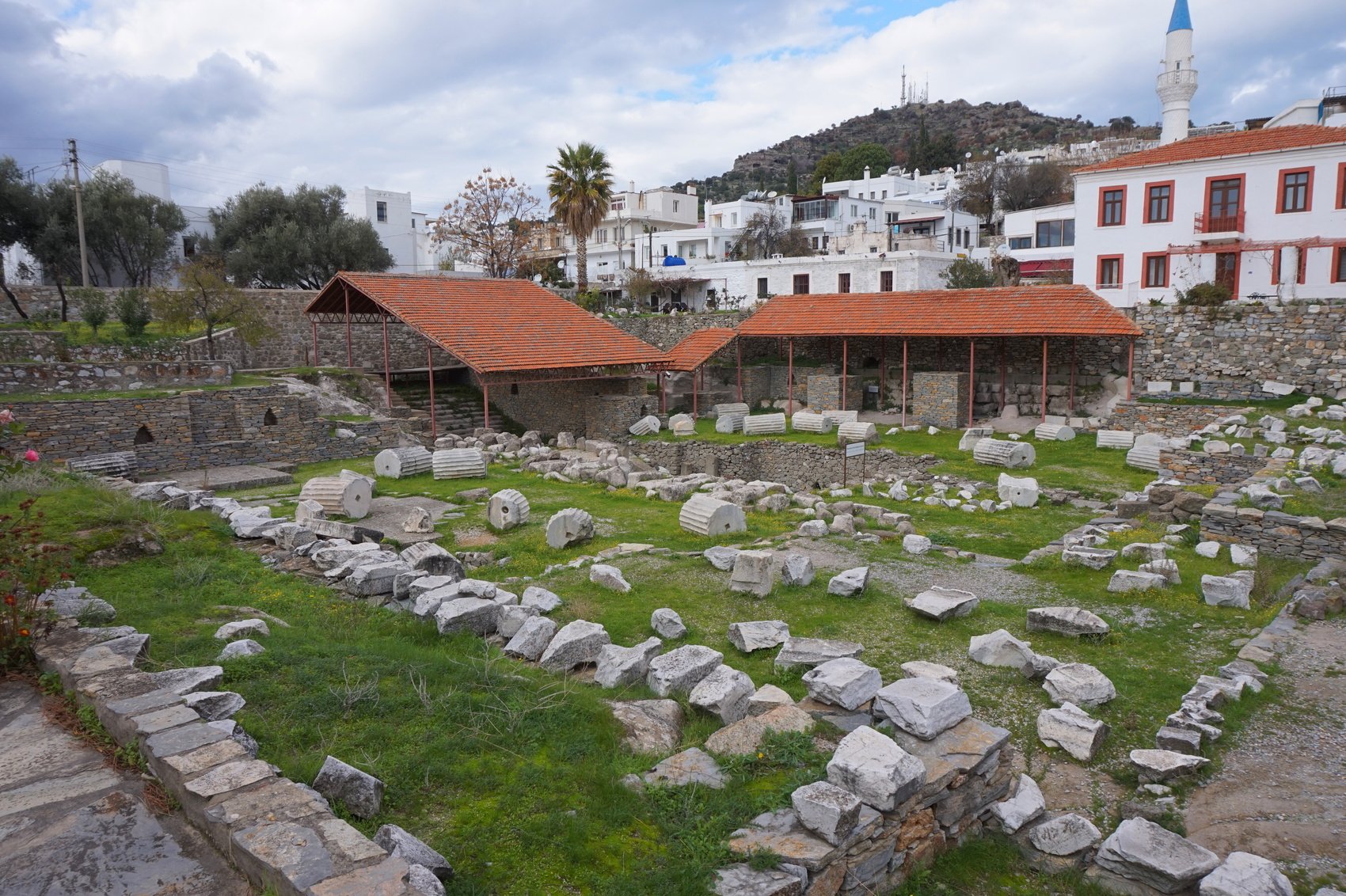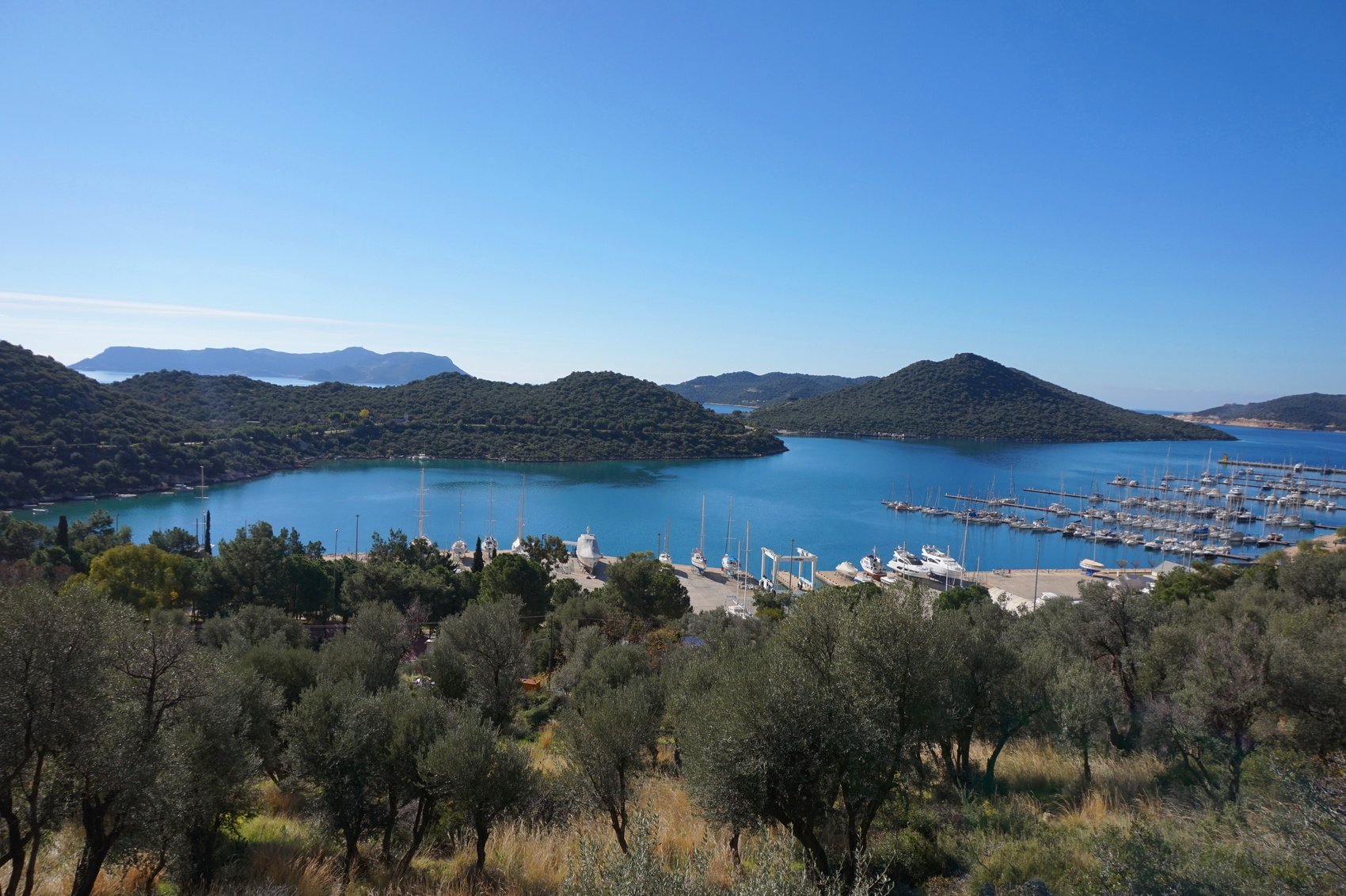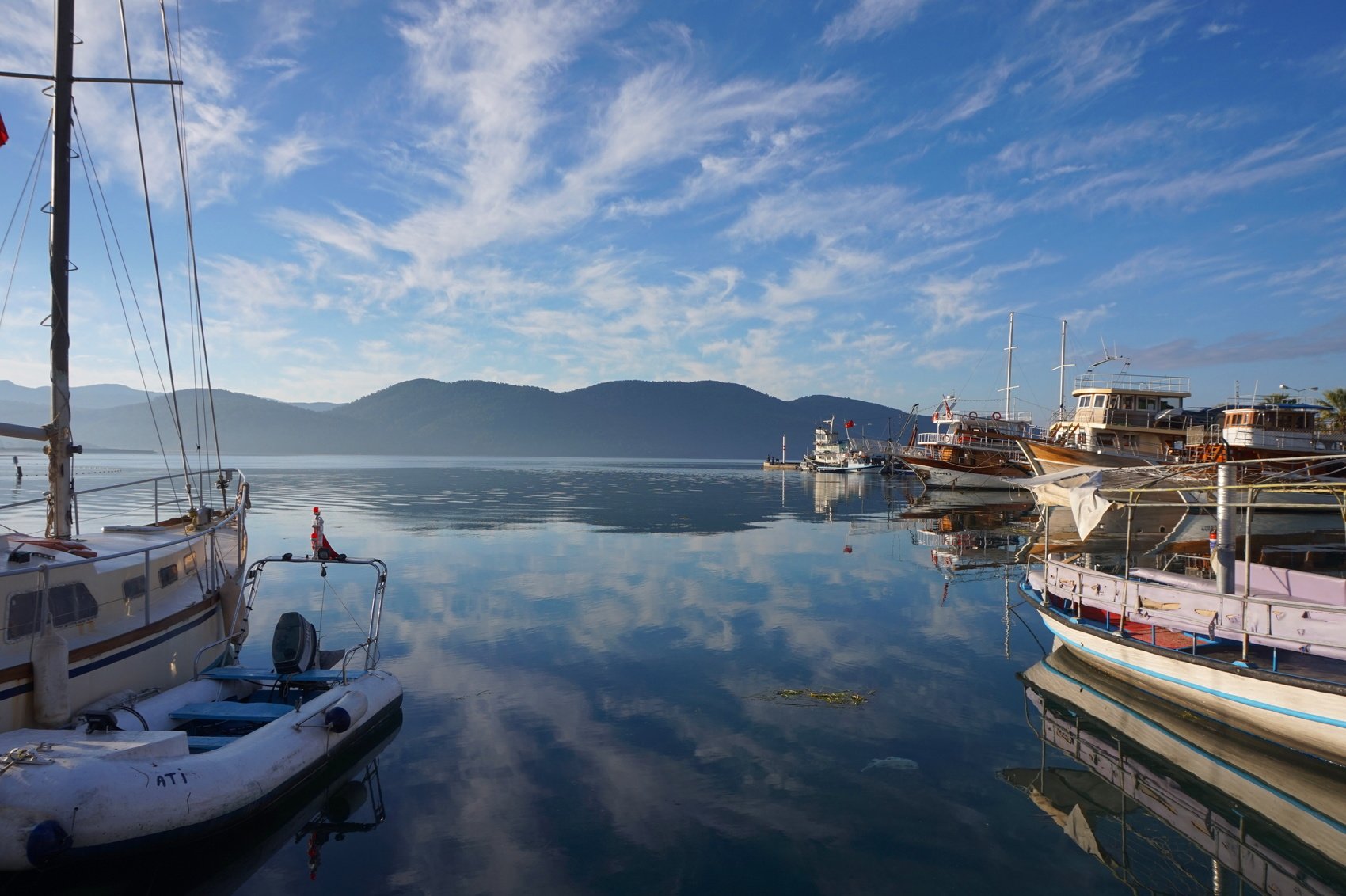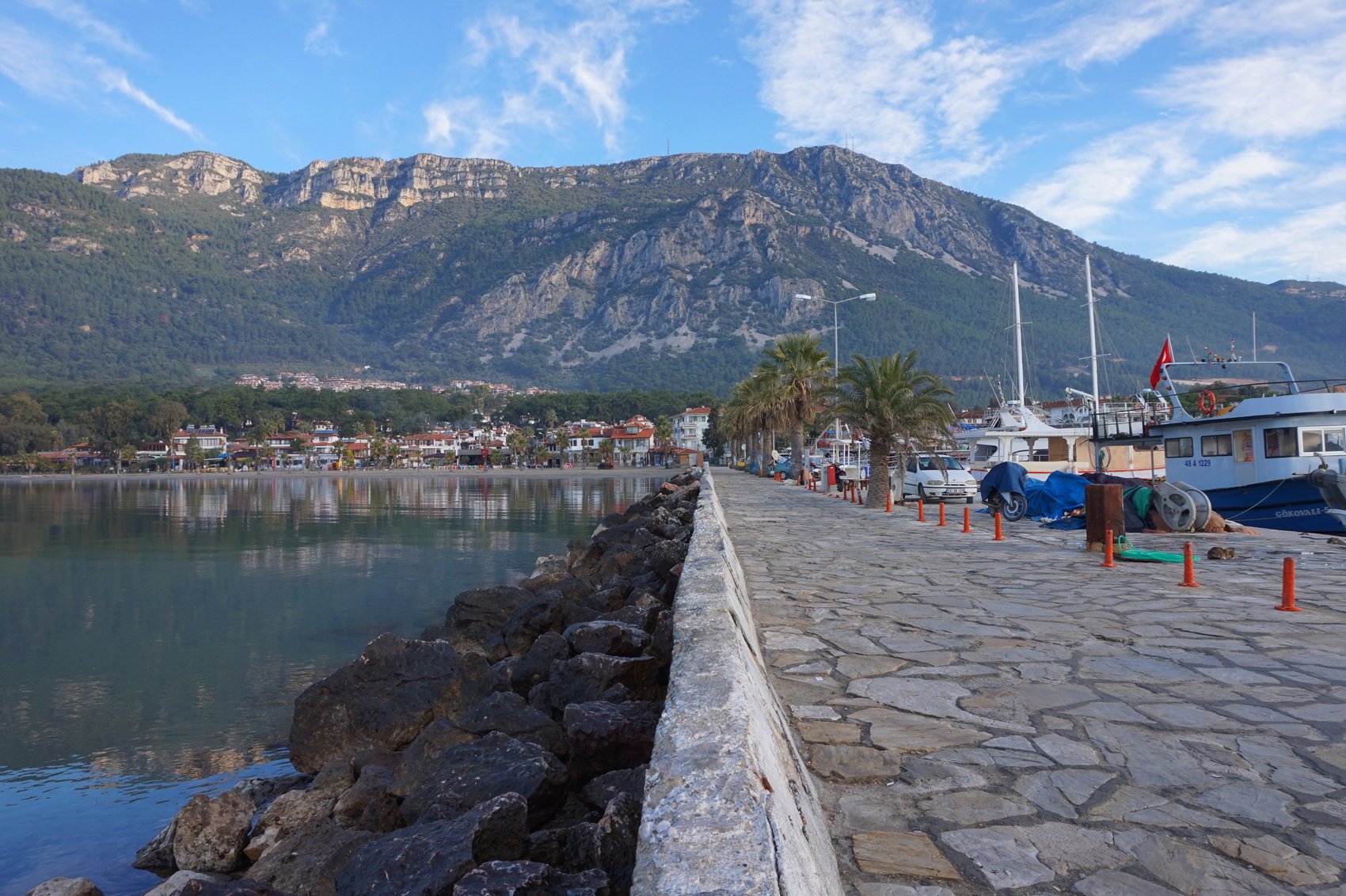[28/12/17]
I keep on travelling along the coast of Turkey. It is an exquisite and wonderful region, provided the weather is good, which, alas, was not the case most of the time. On my way to the West I visited ruins of Xanthos, a city in ancient Lycia, which was the capital of Lycian Kingdom one time.
Trojan War heroes and Lycian leaders Glaucus and Sarpedon are described in the Iliad as coming from the land of the Xanthos River. In the same text, Achilles' immortal, talking horse is named Xanthos. Xanthus is mentioned by numerous ancient Greek and Roman writers. Strabo notes Xanthos as the largest city in Lycia.
Source: Wikipedia
It must have been pretty modern city on its peak, there are even some ceramic piping to be found, which suggests they had water delivered to the houses.

In Bodrum, found on south-west of Turkey, there is one of Seven Wonders of the Ancient World, Mausoleum at Halicarnassus. Or rather, it was there, as it's been destroyed and pillaged a long time ago.
The Mausoleum was approximately 45 m (148 ft) in height, and the four sides were adorned with sculptural reliefs, each created by one of four Greek sculptors—Leochares, Bryaxis, Scopas of Paros and Timotheus. The finished structure of the mausoleum was considered to be such an aesthetic triumph that Antipater of Sidon identified it as one of his Seven Wonders of the Ancient World. It was destroyed by successive earthquakes from the 12th to the 15th century, the last surviving of the six destroyed wonders.
Source: Wikipedia
Some building stones and the foundation remain, some parts of the magnificent Mausoleum was used for building and repairing the castle overlooking the bay, which was closed for the restoration while I was present there.
Travelling off-season has its perks, but some disadvantages as well. The restoration of old building being one of the latter. Oh, how often I've seen beautiful buildings covered with scaffolding...
Actually, half of the city is closed for the winter. It's teeming with tourists in all other seasons, but in the winter entire blocks go dark, all the bars and guesthouses are closed except those around the bay where some of visitors can be found year-round.
I've also an announcement to make about a change of my plans. On the January the 3rd I fly from Istanbul to St. Petersburg and later to Siberia. What's next? I don't yet know, time will tell.

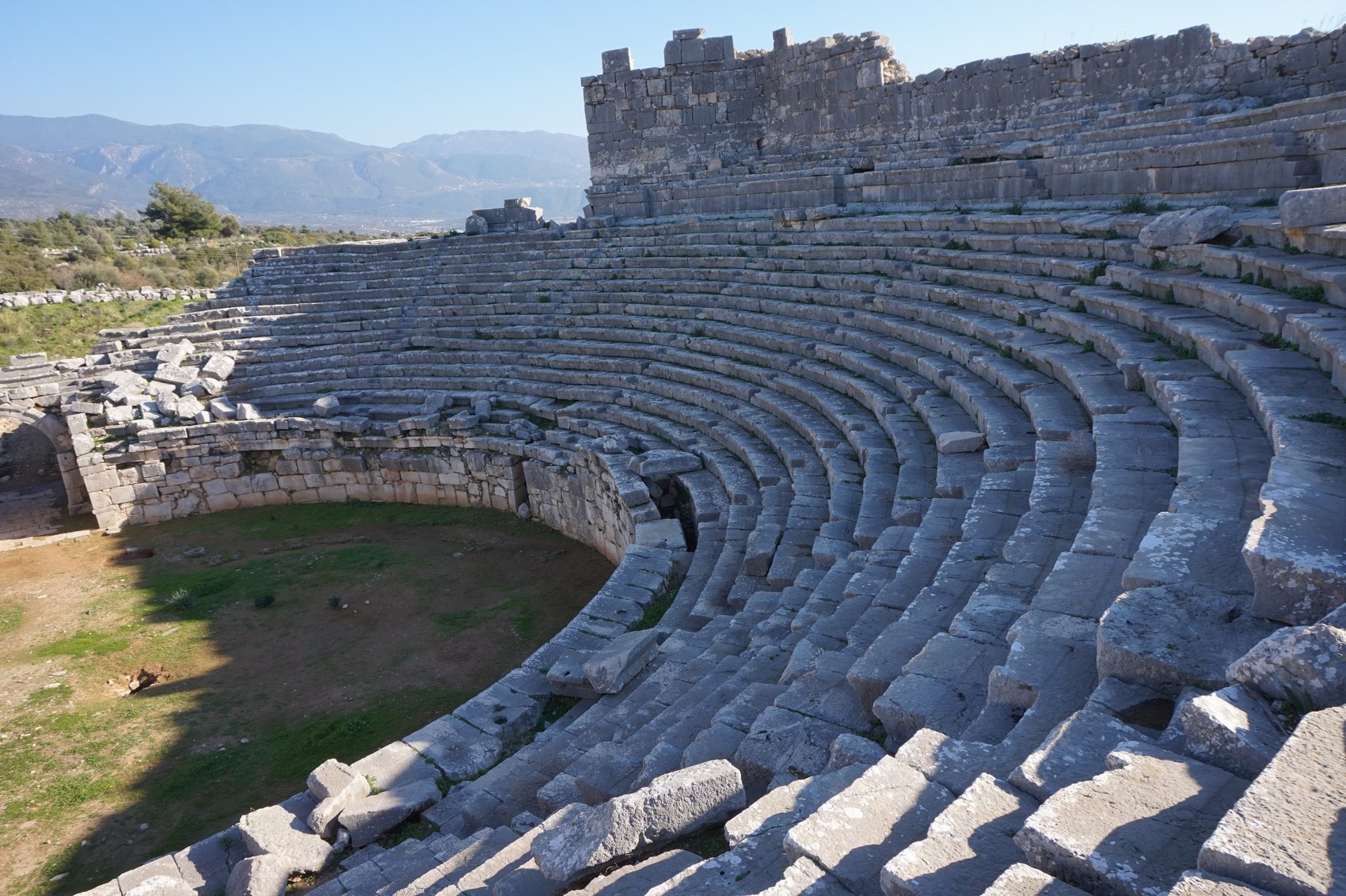 | 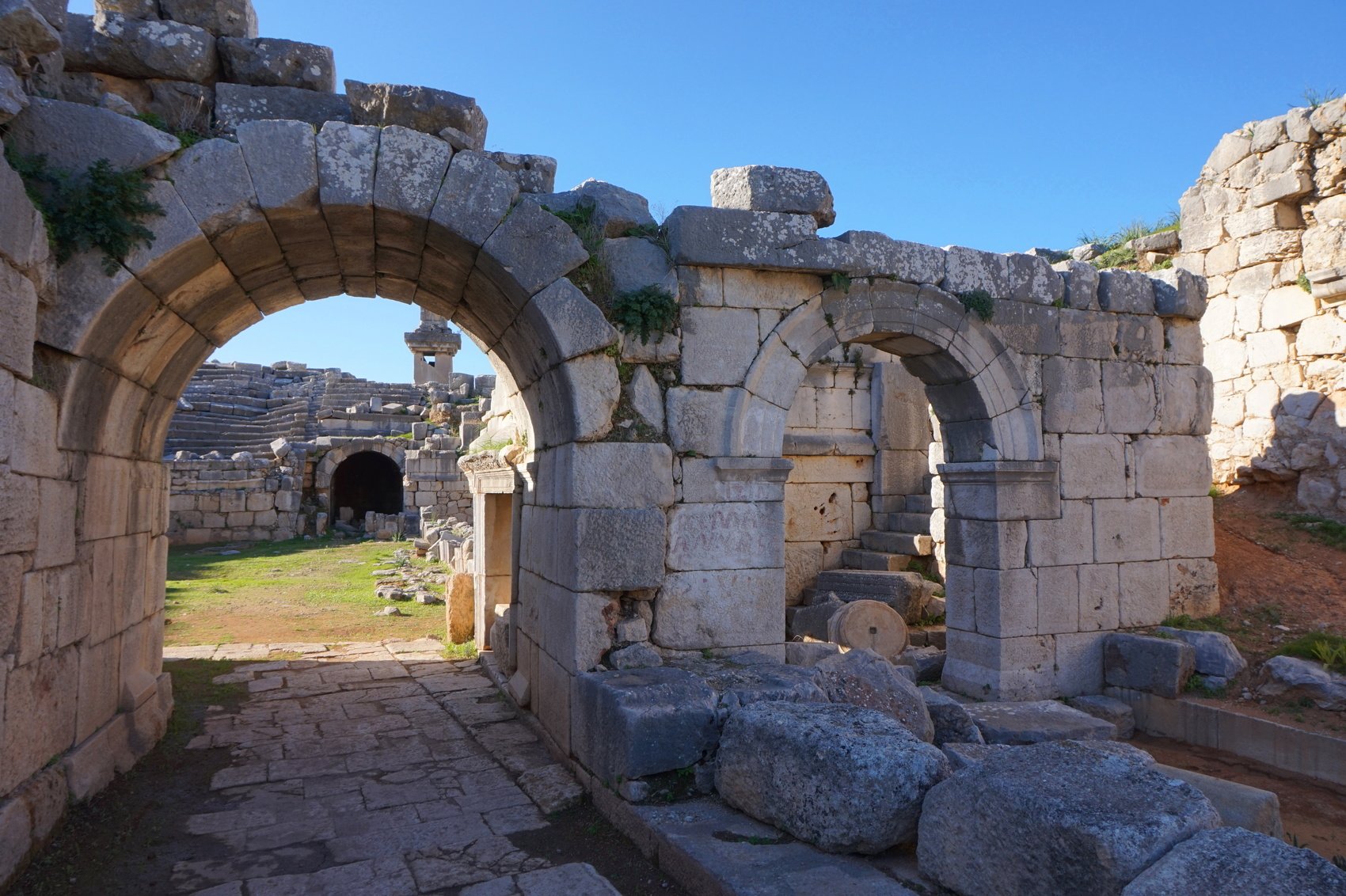 | 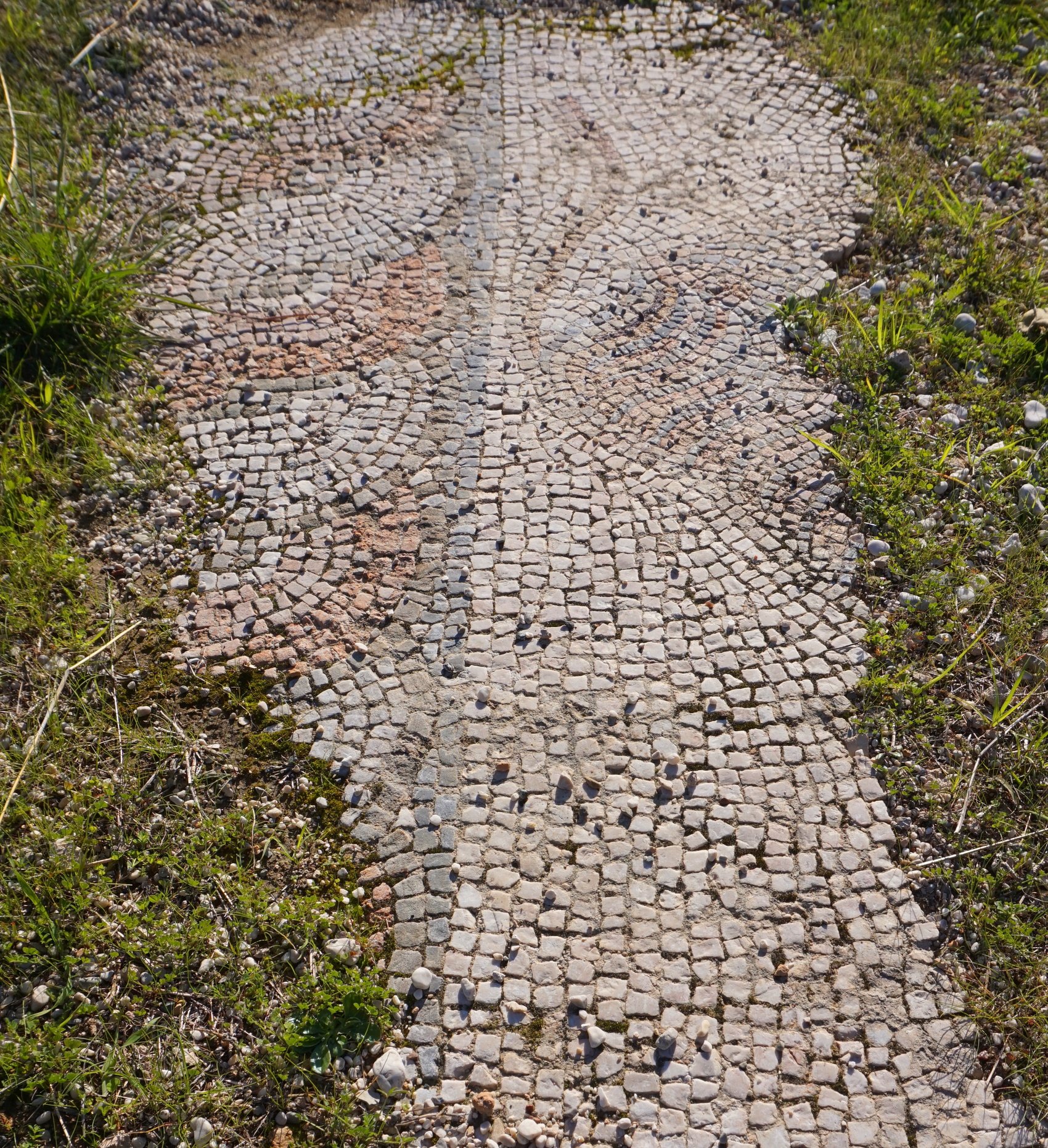 |
|---|

Previous post: Turkey: from Kurdistan to Lycia
Check out my travel blog:
Turkey: 21, 22
Iran: 11, 12, 13, 14, 15, 16, 17, 18, 19, 20
Tajikistan: 7, 8, 9, 10
Kyrgyzstan: 4, 5, 6
Kazakhstan: 1, 2, 3

